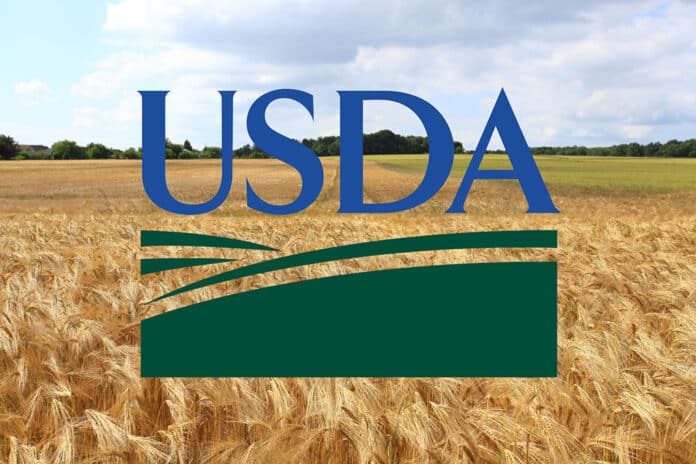WASHINGTON, Sept. 27, 2023 – The U.S. Department of Agriculture (USDA) today announced that it will begin issuing more than $1.75 billion in emergency relief payments to eligible farmers and livestock producers. These much-needed payments are helping farming and ranching operations recover following natural disasters in 2020, 2021 and 2022.
“USDA provides substantial economic support for America’s farmers and ranchers through its critical farm program payments. These payments are reflective of the incredible and cumulative financial hits brought on by devastating natural disasters that agricultural producers nationwide have endured while fulfilling their commitment to produce our food, fiber and fuel,” said Agriculture Secretary Tom Vilsack. “This additional assistance helps offset the tremendous losses that these producers faced and is a valuable investment, not only for farmers and ranchers but in the economic successes of our communities – rural and urban – and in our nation’s food security for generations to come.”
Emergency Livestock Relief Program
This week, FSA will issue more than $581 million in 2021 and 2022 drought and wildfire emergency relief to eligible ranchers.
FSA is closing out the Emergency Livestock Relief Program (ELRP) for losses suffered in 2021. ELRP Phase Two payments are estimated at $115.7 million. Ranchers who lost grazing acres due to drought and wildfire and received assistance through ELRP Phase One will soon receive an additional payment through ELRP Phase Two. This second payment will be equal to 20% of the 2021 gross ELRP Phase One payment. ELRP Phase Two payments to producers will be automatic with no application required. In April 2022, FSA staff processed more than 100,000 payments through ELRP Phase One and paid eligible ranchers more than $600 million for 2021 grazing losses.
In 2022, ranchers continued to experience significant loss of grazing acres due to drought and wildfire. To help mitigate these losses, eligible ranchers will receive ELRP disaster assistance payments for increases in supplemental feed costs. To expedite payments, determine producer eligibility and calculate the ELRP 2022 payment, FSA is using livestock inventories and drought-affected forage acreage or restricted animal units and grazing days due to wildfire already reported to FSA by ranchers when they submitted their Livestock Forage Disaster Program applications. ELRP payments for 2022 losses are estimated at $465.4 million and will be automatic with no application required.
Emergency Relief Program Phase Two
FSA is closing out Phase Two of the Emergency Relief Program (ERP) this week through the delivery of more than $1.17 billion in crop disaster assistance payments to producers of eligible crops who suffered losses, measured through decreases in revenue, due to qualifying natural disaster events that occurred in calendar years 2020 and 2021. ERP Phase Two was intended primarily for producers of crops that were not covered by federal crop insurance or FSA’s Noninsured Crop Disaster Assistance Program (NAP). Previously, through ERP Phase one, FSA staff processed more than 300,000 applications and paid an estimated 217,000 eligible producers more than $7.4 billion.
More Information
These programs represent a few of FSA’s extensive commodity, conservation, credit, disaster recovery and safety-net programs. By the close of the fiscal year on Sept. 30, for all farm and farm loan programs — including vital access to capital for distressed borrowers — USDA, through the delivery of FSA programs, will have invested more than $19 billion in America’s agricultural producers with more economic support on the way in fiscal year 2024.
For more information on available FSA programs, contact your local USDA Service Center.
USDA touches the lives of all Americans each day in so many positive ways. In the Biden-Harris administration, USDA is transforming America’s food system with a greater focus on more resilient local and regional food production, fairer markets for all producers, ensuring access to healthy and nutritious food in all communities, building new markets and streams of income for farmers and producers using climate smart food and forestry practices, making historic investments in infrastructure and clean energy capabilities in rural America, and committing to equity across the Department by removing systemic barriers and building a workforce more representative of America. To learn more, visit www.usda.gov.


